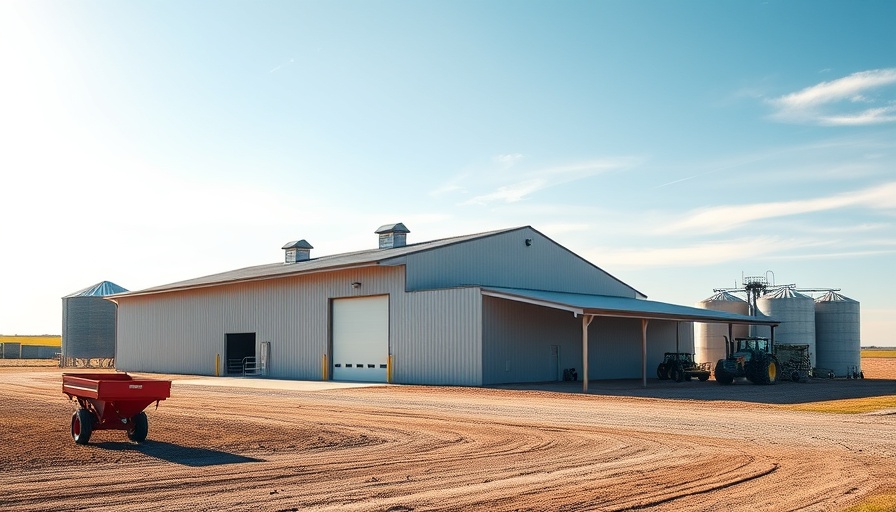
Understanding the Longevity of Your Pole Barn: Key Factors Explained
When investing in a pole barn, the question on every owner’s mind is often, "How long will my pole barn last?" Just like any other valuable asset, ensuring durability and longevity is crucial, especially for farmers and business owners whose livelihood may depend on these structures. A well-constructed pole barn can endure for 50 years or more, but various factors dictate whether it will meet such an impressive lifespan.
High-Quality Building Materials: The Foundation of Longevity
At the heart of any long-lasting pole barn is the quality of materials used. Opting for high-grade, durable components does more than just enhance the look of your barn; it significantly increases its lifespan. For instance, metal paneling made from 29-gauge, heat-treated steel with high tensile strength can resist impacts better than lesser-quality options. Utilizing such materials helps protect against wear and tear, contributing to a more resilient structure.
Proper Construction Techniques: Building Standards Matter
The methods employed during construction play a critical role in a pole barn’s lifespan. Adhering to best practices not only ensures stability but also protects against environmental factors such as wind, rain, and snow. Engaging skilled laborers who understand the nuances of post-frame construction can lead to a barn that is built to last.
Regular Maintenance: The Key to Longevity
Even the best-built pole barns require regular upkeep to maintain their integrity. This could range from routine inspections to seasonal maintenance tasks, such as cleaning gutters or checking for mold growth. Regularly addressing minor issues can prevent them from escalating into costly repairs later on.
Environmental Conditions: Nature's Impact
Your local climate also significantly affects your pole barn's durability. Regions prone to heavy snow or severe storms should consider reinforced structures that can withstand harsher conditions. Understanding your area’s weather patterns allows for the design and construction of a barn better suited to last through extreme conditions.
Design Considerations: Aesthetic Meets Practical
When designing your pole barn, consider how the layout and style can impact not only function but longevity. Features like adequate ventilation and reinforced structures can provide long-term benefits, keeping the building safe from moisture and pests.
Future-proofing: Keeping Up with Innovations
Finally, as technology advances, incorporating modern sustainable materials and practices can enhance your pole barn's lifespan. Investing in durability-focused designs that align with current trends in sustainable architecture not only helps the environment but also potentially reduces long-term costs through energy savings.
In conclusion, understanding these factors helps ensure your investment stands the test of time. As pole barns evolve and adapt to new challenges, selecting the right materials, construction methods, and maintenance regimens will take you far in maximizing the lifespan of your structure. If you’re considering building a pole barn, or managing one, now is the best time to think critically about these aspects for a more sustainable and long-lasting investment.
 Add Row
Add Row  Add
Add 




Write A Comment